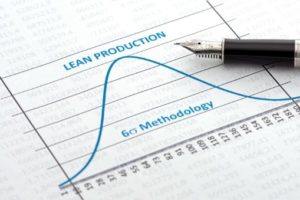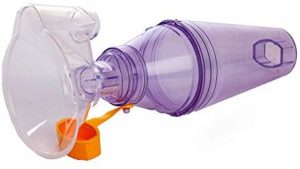Benefits of Implementing Total Productive Maintenance
Why do we practice Total Productive Maintenance? The simple answer is that we want our critical machines to be in a good working condition at all times. When this happens, we are able to satisfy customer demand. Total Productive Maintenance improves flow within the value chain through elimination of downtime caused by machine breakdowns.
With improved flow, Just In Time (JIT) production becomes possible. Producing at the rate of customer demand will lead to reduced inventory carrying costs.
Another benefit of TPM is savings on capital costs for new equipment. When machines are kept at almost new condition, they do not deteriorate as fast as poorly maintained ones. TPM in effect increases the life of machines.
Anything that does not add value to the customer is waste. Doing things that are not required to satisfy a customer order is what we try to avoid in lean manufacturing. Lean manufacturing helps in reducing the time between order and shipping by focussing on the customer.
Why TPM?
Why implement TPM? What benefits can be had by applying this lean manufacturing tool to any business operation? The answer is simple — it works. TPM can easily be applied to any business environment.
Let us take a typical non-manufacturing industry — fast food chains. At the face of it, it is difficult to fathom what use TPM may have in the food industry. But on closer inspection, you will realize that a fast food operation operates on the same premise as any other business — to profitably meet customer requirements.
In order to do this, the business must add value to raw materials and deliver the final product that the customer requires.
Each process step must add value during the transformation of raw material to finished product. When people are able to concieve a more productivie environment to work in by themselves, so much can be gained.
All the same, it is a foregone conclusion that at the end of the day the only thing that counts in a factory setting is PRODUCTIVITY.
This is inspite of a growing body evidence that suggests that productivity measures are skewed towards what an observer is seeing at a particular time. When viewed from the “hardworking” shop floor worker’s perspective, productivity simply means —how hard I worked to get the job done.
Inversely, when viewed from the perspective of the shop floor manager — productivity is equal to the output produced using the least amount of inputs. This means that less people using less resources is the ideal mode of production.



